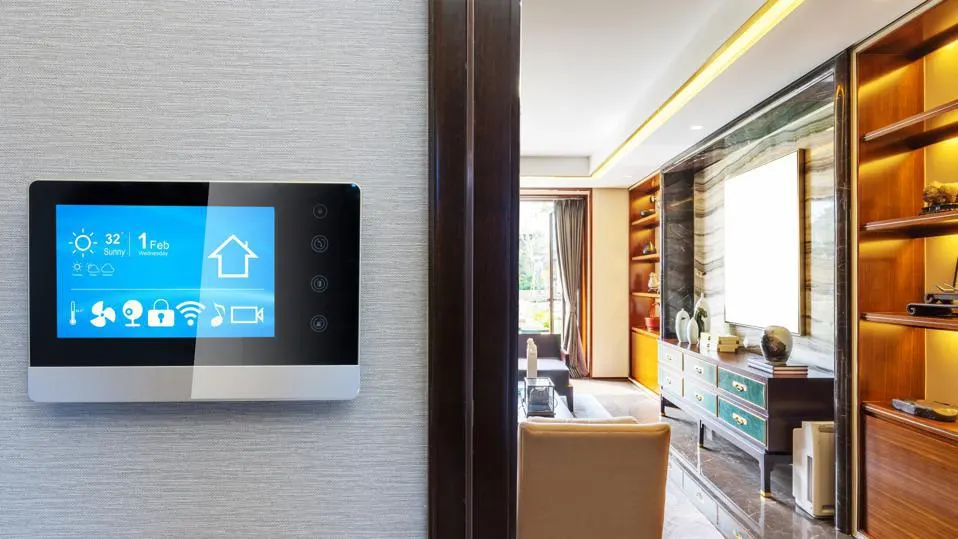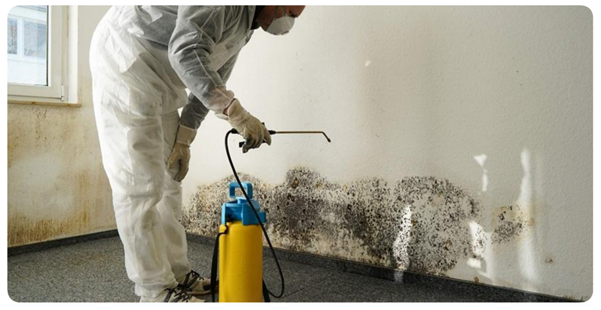What Things Should You Know About Smart Homes Automation?
Smart home automation is revolutionizing how we live by making our homes more comfortable, secure, and efficient. This technology is not just about modern convenience; it’s about enhancing the quality of daily life. Whether you’re new to this technology or considering upgrading your system, this blog covers everything you need to know about Smart homes automation.
Understanding Smart Home Automation
What is Smart Home Automation?
Smart home automation involves using technology to manage and control various household systems and appliances. Whether it’s through a smartphone app or voice commands via devices like Amazon Echo or Google Home, this technology gives you the ability to control your home’s lighting, temperature, security systems, and much more from anywhere in the world.
How Does Smart Home Automation Work?
At its core, smart home automation systems connect to the internet, allowing them to be controlled remotely. These systems typically include a central hub that connects to your home Wi-Fi, enabling communication between your smart device (like a phone or tablet) and your home automation devices.
Key Benefits of Smart Home Automation
Convenience at Your Fingertips
Smart home technology offers unmatched convenience, making it possible to manage your home environment easily. You can adjust settings like lighting and temperature from your smartphone, whether you’re at home or away.
Examples of Smart Home Convenience:
- Remote Control: Turn off the house lights from your bed or adjust your thermostat while at work.
- Scheduled Tasks: Set your coffee maker to start before you wake up or schedule your lights to turn off automatically at bedtime.
Enhancing Home Security
Smart home systems can significantly improve the security of your home with features such as smart locks and surveillance cameras that you can monitor from your smartphone.
Security Improvements Include:
- Cameras: Watch live feeds of your home from anywhere.
- Sensors: Receive alerts if windows or doors are opened unexpectedly.
- Smart Locks: Lock and unlock doors remotely, even from miles away.
Energy Efficiency and Cost Savings
Smart homes can be more energy-efficient, reducing your utility bills. Smart thermostats and smart light bulbs save energy by adjusting automatically based on your habits and preferences.
How Smart Homes Save Energy:
- Smart Thermostats: These devices learn your schedule and temperature preferences to optimize heating and cooling.
- Smart Lights: Use energy-efficient LEDs that can be dimmed or turned off automatically when not needed.
Increased Comfort and Well-being
Smart homes can adapt to your personal preferences, improving comfort and enhancing your overall well-being.
Comfort Features of Smart Homes:
- Personalized Temperature Control: Ensure each room is at your preferred temperature.
- Automated Blinds: Open or close based on time of day or sunlight.
- Voice-Controlled Entertainment: Play music, movies, or shows with simple voice commands.
Popular Smart Home Devices to Consider

Smart Lighting Systems
Control the lighting in your home with voice commands or from your smartphone. Adjust brightness, set timers, or change colors to match your mood.
Smart Thermostats
These devices adjust your home’s temperature based on your routine and preferences, offering comfort while saving on energy costs.
Smart Security Devices
From cameras to sensors to smart locks, these devices help keep your home secure and give you peace of mind, no matter where you are.
Smart Speakers and Hubs
These devices are the central point of control for your smart home, using voice commands to manage all your connected devices.
How to Get Started with Smart Home Automation
Step 1: Identify Your Needs
Consider what aspects of your home life you want to improve. Do you need better security, more convenience, energy savings, or all of the above?
Step 2: Set a Budget
Determine how much you are willing to invest. You can start small with a few key devices and expand your system over time.
Step 3: Choose Compatible Devices
Ensure the devices you purchase work together. Many brands offer comprehensive systems, but it’s essential to check compatibility.
Step 4: Installation and Setup
Some devices are simple enough to install on your own, while others might require professional installation. Follow the manufacturer’s instructions or hire a pro.
Step 5: Enjoy Your Smarter Home
Once everything is set up, enjoy the new level of control and convenience that smart home automation brings.
The Future of Smart Home Automation
Looking forward, smart home technology is only expected to grow smarter. With advancements in AI and machine learning, future smart homes will be even more adaptive and responsive to our needs, learning our preferences and anticipating our routines to offer even greater efficiency and comfort.
Conclusion
Investing in smart home automation is not just about keeping up with technology trends—it’s about making a significant improvement in your daily living. With the benefits of convenience, security, energy efficiency, and comfort, smart home technology is an excellent investment for any modern household. Start small or go big, but either way, stepping into the world of smart homes is stepping into the future of living.
Note:- For read more articles visit on liveblogs



